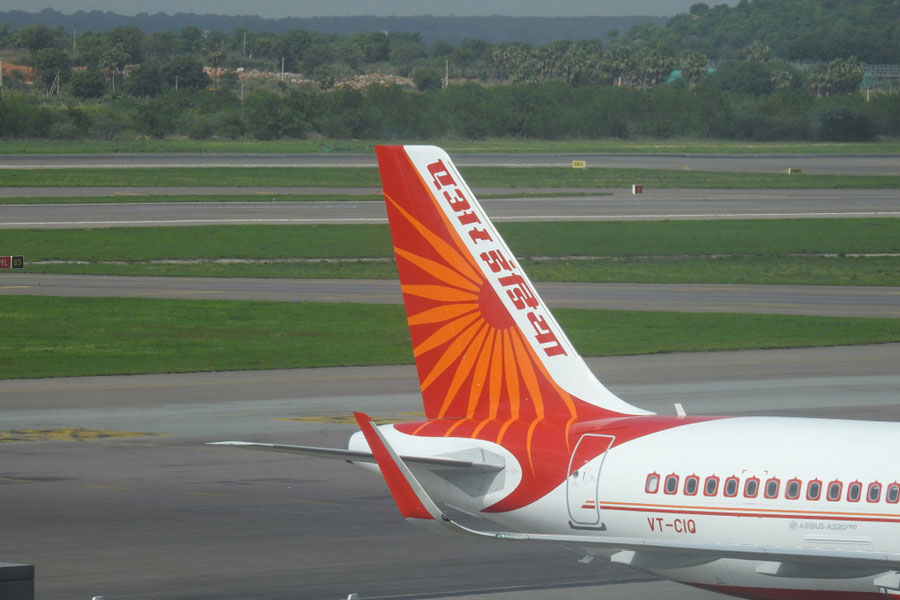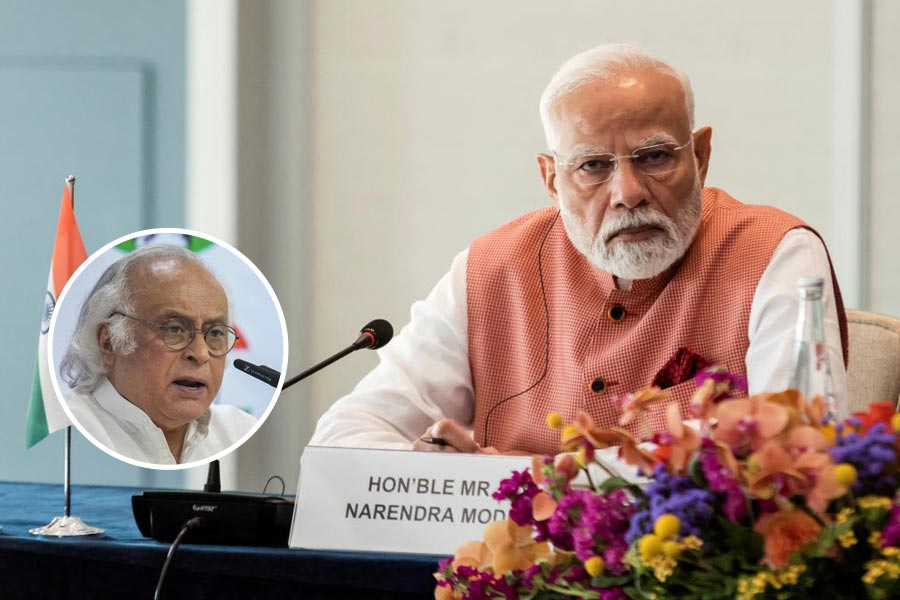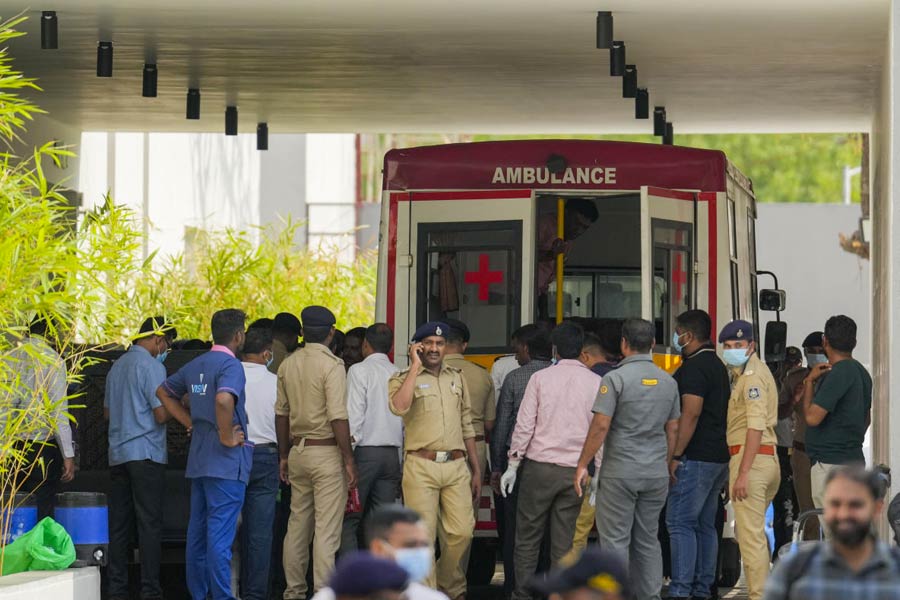 |
Chennai, Oct. 18: As the firecrackers from Sivakasi light up Diwali, the town’s other money-spinner continues raking in the moolah defying competition from the hi-tech world.
This year, Sivakasi alone will be supplying just over one crore diaries to the Indian market, one of its best years. After a dip in 2008, when companies and even smaller firms failed to place orders or trimmed their off-take because of the economic slowdown, 2009 has turned out to be rosier.
“Unlike in 2008 when companies postponed their diary decisions till end-October, this year we have more advance orders — probably an indication that things are looking up. The diary business is up 10 per cent,” disclosed Dev Prasad, manager of the Sivakasi Master Printers’ Association.
“The diary occupies a unique place in the Indian psyche with every housewife wanting a new one to keep tab of monthly expenses. I get calls from friends and relatives from early December for advance booking a diary brought out by our company,” said K. Sriram a corporate communications manager.
With 600 printing presses in a town of two lakh people, Sivakasi stands as the world’s second largest printing town after Gutenberg in Germany, where the first mechanical printing press was invented in 1439.
Since 1922, when the first printing press was set up in this dry arid town in south Tamil Nadu, mainly as an ancillary to print labels for matchboxes and firecrackers, Sivakasi has grown to be India’s boom town for printing with an annual turnover of Rs 2,000 crore.
It offers a one-stop solution to all printing needs – from artwork to the latest offset printing to binding. The range includes calendars, diaries, books, notebooks, notebook wrappers, labels, cartons, wedding cards, students’ charts etc.
“The arrival of newer machines, computers, scanners and photoshop has led to diversification enabling each major city to develop its own printing hub.
“For example when Tirupur established itself as the hosiery capital, a handful of printing presses sprang up there to meet the town’s export needs. Prior to that Sivakasi used to get such orders,” said N.V. Muralitharan, president of the printers’ association.
Industries located up north also saved on transport costs when they gave orders to printers in Ludhiana, Delhi and Chandigarh instead of those in Sivakasi, he added. Even election posters have been replaced by cheaper flex boards printed locally in smaller towns.
Yet when it comes to printing in volumes and in double quick time, Sivakasi is still a sought after destination. For example, almost 50 per cent of calendars sold or distributed in India get printed in Sivakasi with many orders landing up as late as November.










